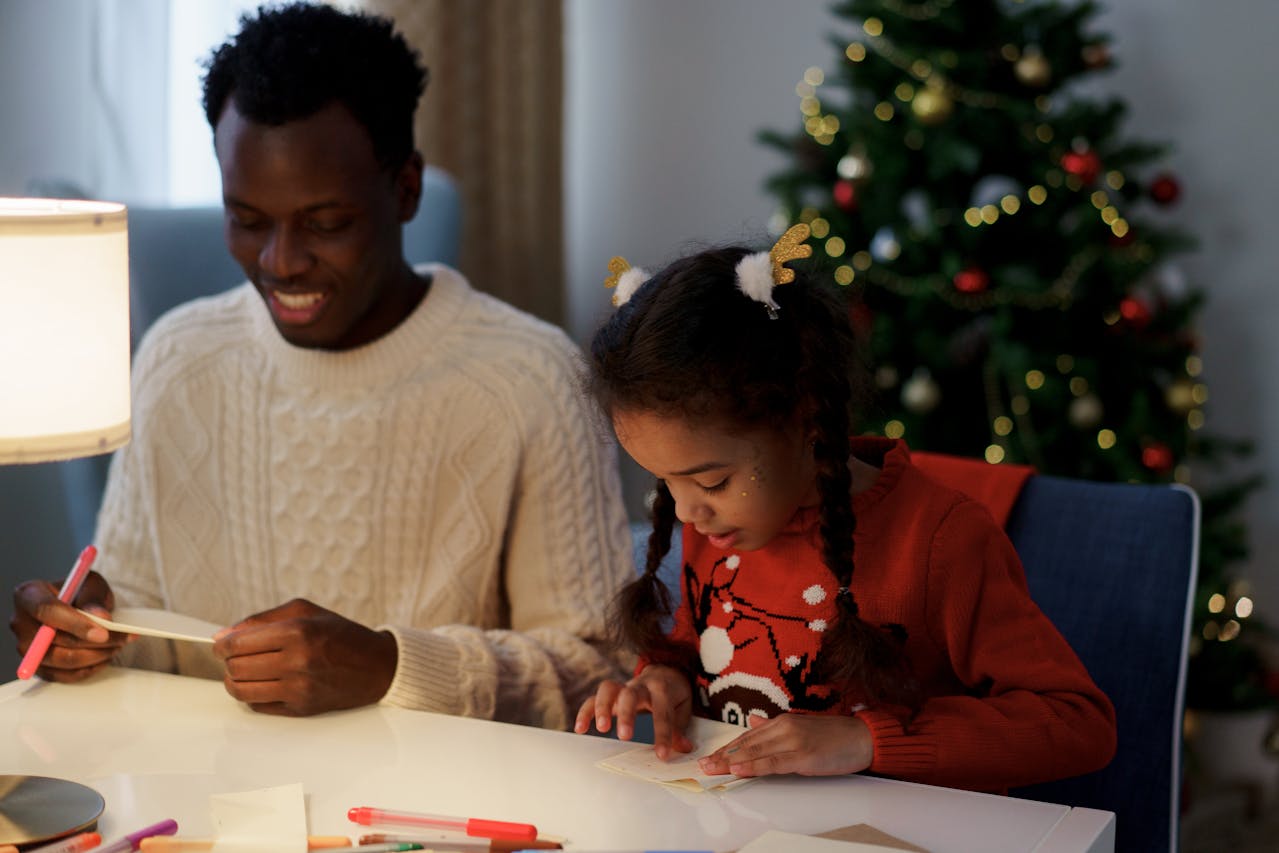Most conversations now move at the speed of a tap, which makes it easy to forget that real connection takes time. Letter writing slows you down in a good way. You think before you send, you choose words on purpose, and you create something physical that lasts. The process is simple, yet it changes how you handle stress, how you treat people, and how you pay attention to your own thoughts. For teens and young adults balancing school, work, and group chats, this slower rhythm can feel like a reset.
Research backs the benefits. A widely cited 2014 study in Psychological Science by Mueller and Oppenheimer found that writing by hand supports deeper processing and stronger conceptual recall compared with typing. Neuroscience work by James and Engelhardt showed that practicing handwriting activates broader brain networks linked with learning and recognition. Together, these findings explain why the slow pace of letter writing can make your words clearer and your memories stickier.
How Letter Writing Builds Patience
Learning patience is not about being passive. It is about choosing a smarter pace. A letter teaches that pace because you move through clear steps: think, draft, revise, and send. That sequence turns reacting into responding, which is a skill you can use in class discussions, family conversations, and friendships.
Evidence snapshot: Experiments on delay and self-regulation show that a brief pause before responding reduces impulsive choices and emotional reactivity. Classic expressive writing trials by Pennebaker and colleagues found that structured writing over several days improved mood and reduced stress markers for students. Building a small delay into communication is one reason letter writing feels calmer and more thoughtful.
The pause between idea and action
Texting rewards speed. Letters reward clarity. When you write by hand, you cannot hit send without looking at your words. That pause helps you avoid messages you would regret ten minutes later. You ask yourself if your tone matches your goal, and you trim the extra drama. Over time, that habit carries over to everyday replies. You become the person who takes a breath, finds the right words, and keeps small problems small.
Revision trains self-control
Editing a paragraph on paper teaches focus in a way a quick delete button does not. You cross out whole lines, rewrite a sentence until it feels honest, and keep only what serves the message. That practice builds patience with yourself. It also helps when stakes are real, like writing to a coach after a mistake, explaining a missed deadline to a teacher, or talking through conflict with a friend. You learn to stay with the hard part long enough to fix it.
How Letter Writing Deepens Connection

Connection grows when attention is real. A handwritten note is proof of attention. It says someone mattered enough for you to spend time and effort on them. People feel that effort, which is why even a short note can be more meaningful than a dozen fast messages.
Evidence snapshot: Gratitude-letter studies in positive psychology have shown boosts in happiness and relationship satisfaction weeks after sending a letter. Behavioral research by Kumar and Epley found that people underestimate how much a handwritten note will mean to the recipient, yet receivers actually value it highly. Slower, intentional communication does not just feel nicer. It measurably improves connection.
Attention you can hold
A letter strips away the pressure to perform for an audience. You are writing to one person, not to a group chat. That privacy makes honesty easier. You add details that texting skips, like a specific memory, the real reason you were upset, or the exact thing you appreciated. Details invite better responses. Misunderstandings shrink because your message carries context and care.
Clarity beats speed
Fast communication often sounds blunt, which can start unnecessary drama. Slower writing gives you time to check tone and intention. You can apologize without excuses or ask for what you need without sounding demanding. When someone receives a letter like that, they have space to absorb it before answering. Later, when you talk, both people show up calmer. Trust grows because your words line up with your actions.
A Simple Starter Plan You Will Actually Use
You do not need fancy stationery. Start with what you have and aim for consistency, not perfection. Twenty focused minutes once or twice a week is enough to feel the benefits.
Evidence snapshot: Habit research shows that tiny, repeatable actions anchored to a cue are more likely to stick than big, irregular efforts. Implementation intentions (the if-then plan of “If it is Sunday after dinner, then I write for twenty minutes”) increase follow-through. Keep the bar low and the schedule clear so the routine survives busy weeks.
One-page blueprint
Pick one person and one reason to write. Gratitude, encouragement, or a genuine update are easy starters. Use a simple three-part outline so your letter has shape: a moment that made you think of them, something specific you value about them, and two open questions that invite a reply. Draft on scrap paper, set it aside for a few hours, then revise. Handwrite a clean copy, address it, and send. If mailing is not possible, hand deliver it in a sealed envelope so the experience still feels intentional.
Prompts that always work
When you feel stuck, try one of these:
- Thank someone for a specific action they took this month and explain how it helped you.
- Tell a short story from your week, then connect it to a memory you share.
- Share one goal you are working on and ask for their advice or a tip they learned.
Make It a Habit You Enjoy

A practice sticks when it fits your real life. Keep tools close and remove friction so writing feels easy to start.
Evidence snapshot: Environmental design matters. Studies on habit formation and adherence show that reducing friction and pairing a behavior with a pleasant cue improve consistency. A ready-to-use kit and a predictable time make it more likely you will keep going long enough to see benefits.
A small weekly ritual
Create a routine you look forward to. Make tea, put on a playlist, and write at the same time each week. Keep a small kit ready in your backpack or desk: a gel pen, envelopes, stamps, and simple paper or index cards. Maintain a short list of addresses and tiny notes of moments you want to mention next time. Convenience matters more than aesthetics. If you like creative touches, add a printed photo or a tiny sketch, but only if it helps you start.
Healthy boundaries and less pressure
Letters naturally create boundaries because they are not instant. You are not available every second, and neither is the person you wrote to. That separation protects your focus when you need to study or sleep. It also reduces the pressure to perform emotions on demand. Think of letters as gifts, not contracts. Some people reply fast, some slowly, and some not at all. The benefit is still real because the practice changes you. You become more thoughtful, calmer under pressure, and better at saying what you actually mean.
The Takeaway
Letter writing is not about nostalgia. It is a practical way to train patience and build real connection in a culture that moves fast. The steps that seem slow are the steps that help: choosing words, revising with care, accepting a pause, and sending something you are proud of. Trials on expressive writing suggest that even short sessions across a few days can improve well-being and clarity. Start with one page, one person, one envelope. Repeat that routine for a few weeks and notice what changes. Most people report steadier focus, kinder conversations, and relationships that feel stronger because attention, not speed, is driving the way they communicate.


